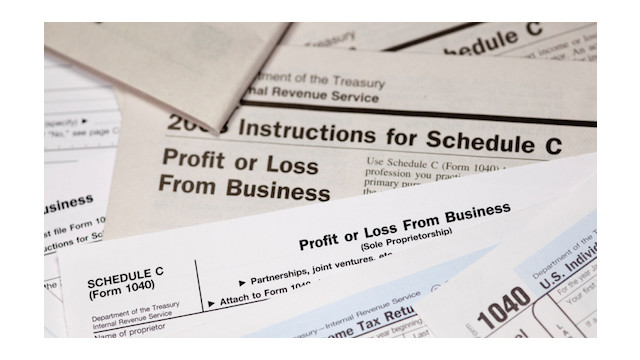IRS Opens Window to Opportunity Zones
To qualify for deferral, the amount of a capital gain to be deferred must be invested in a Qualified Opportunity Fund (QOF), which is an entity treated as a partnership or corporation under federal tax law and organized for the purpose of investing in ...
Oct. 31, 2019

Opportunity is knocking for businesses that invest in “Opportunity Zones” designated under the Tax Cuts and Jobs Act (TCJA). Initially, the IRS issued proposed regulations in 2018 clarifying some of the main rules. Now the IRS has released additional guidance this year (IR-2019-75, 4/17/19).
Here’s the skinny: Opportunity Zones were created by the TCJA to spur investment in distressed communities throughout the country. Under a process completed in 2018, more than 8,700 communities spread throughout all 50 states, the District of Columbia and five U.S. territories were designated as qualified Opportunity Zones. An Opportunity Zone retains its designation for ten years.
Significantly, the proposed regulations clarify that investors may defer tax on most capitals gains through 2026 by investing in an Opportunity Zone and making an election after 2017, among other requirements. In the case of a capital gain realized by a partnership, either the partnership or its partners can elect deferral. Similar rules apply to other pass-through entities, such as S corporations and their shareholders, and estates and trusts and their beneficiaries.
To qualify for deferral, the amount of a capital gain to be deferred must be invested in a Qualified Opportunity Fund (QOF), which is an entity treated as a partnership or corporation under federal tax law and organized for the purpose of investing in qualified opportunity zone property.
The QOF must hold at least 90% of its assets in qualified property. Investors who hold their QOF investment for at least ten years can increase their basis to the fair market value of the investment on the date it is sold.
Furthermore, the proposed regulations provide that if at least 70% of the tangible business property owned or leased by a trade or business is qualified opportunity zone business property, the requirement that “substantially all” tangible business property is qualified property is satisfied if other requirements are met. If the tangible property is a building, a substantial improvement is measured based only on the basis of the building (not of the underlying land).
A key part of the new 2019 guidance clarifies the ”substantially all” requirements for the holding period and use of the tangible business property as follows:
- For use of the property, at least 70% of the property must be used in a qualified opportunity zone.
- For the holding period of the property, tangible property must be qualified opportunity zone business property for at least 90% of the QOF’s or qualified opportunity zone business’s holding period.
- The partnership or corporation must be a qualified opportunity zone business for at least 90% of the QOF’s holding period.
The new guidance also notes there are certain situations where deferred gains may become taxable if an investor transfers his or her interest in a QOF. For example, if the transfer is made by gift, the deferred gain is subject to tax. However, inheritance by a surviving spouse isn’t a taxable transfer, nor is a transfer, upon death, of an ownership interest in a QOF to an estate or a revocable trust that becomes irrevocable upon death.
Your clients may be able to take advantage of this new window of opportunity. Provide they guidance they need.
